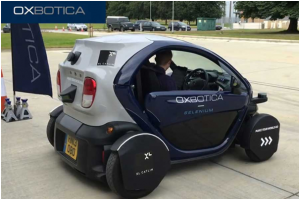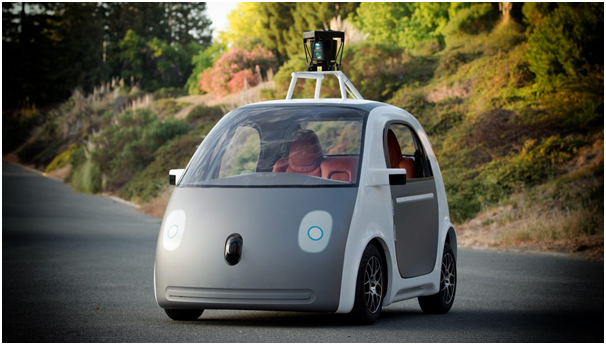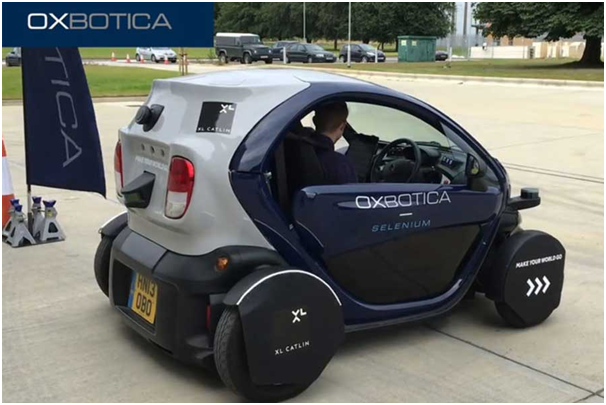
Cars that drive themselves
Driverless vehicles have been in the news a lot recently but what’s not been made clear is exactly how they work. Self-driving cars will be trialled in British cities soon and if you want to feel safe and confident in one when they become a reality – then you need to know how they work.
Reassuringly, most of the technology used in self-driving cars is technology already used on the road. If you have a newer car with automatic braking or automated parallel parking features, these both rely on the use of proximity sensors to aid parking. Add automated steering and cruise control and you have the basics for a driverless car.
Some driverless cars will have eight sensors with the most obvious one being a rotating one on the roof. This will contain 32 or 64 lasers which measure the distance to objects, building up a 3D map of up to 200 metres. A standard camera will also be positioned looking through the windscreen, searching for hazards like cyclists or pedestrians. This camera will also have the ability to read road signs and traffic signals.
Bumper mounted radar, which is already in use, is able to keep track of the vehicles behind and in front of the car. The car has a rear-mounted aerial too that receives geolocation updates from GPS satellites and an ultrasonic sensor on one of the rear wheels to monitor the car’s movements. If you fancy an automated house as well as an automated car then for Home Automation Companies, visit http://digitalinteriors.co.uk/
Inside the vehicle, you’ll find altimeters, gyroscopes and a rev counter which provides finer measurements on where the car is. All of these things combine to provide extremely accurate data in order for the car to operate safely. All of these things have to combine as just one on its own is not sufficient for it to operate effectively. The sensors are clever enough to know when it identifies a cyclist and even the cyclists arm movements indicated intentions. Feeling safer?
The vehicles have been tested on private tracks and since 2010, on public roads too. The car is tested by having a qualified driver to take control of steering or brakes while a google engineer sits in the passenger seat and monitors the behaviour of the software. Those who advocate driverless cars point to the fact that in 2013, 1,730 people were killed in the UK alone and a further 185,540 were injured at the hands of humans driving. Worldwide figures show that 1.2 million road deaths occurred in one year. Driverless cars have covered 700,000 miles without incident.
There will still be driving tests but obviously they will be in a rather different form. Just like the difference between driving an automatic and a manual gearbox vehicle, there might well be an automated driving test that only permits you to drive a certain type of vehicle with a certain type of automation system. People will need to know how to operate those systems and so there will be different skills required. So, if you’re thinking of buying a car, and modern cars last for approximately 13.5 years, then it may well be your last as driverless cars are set to flood the market.


Leave a reply